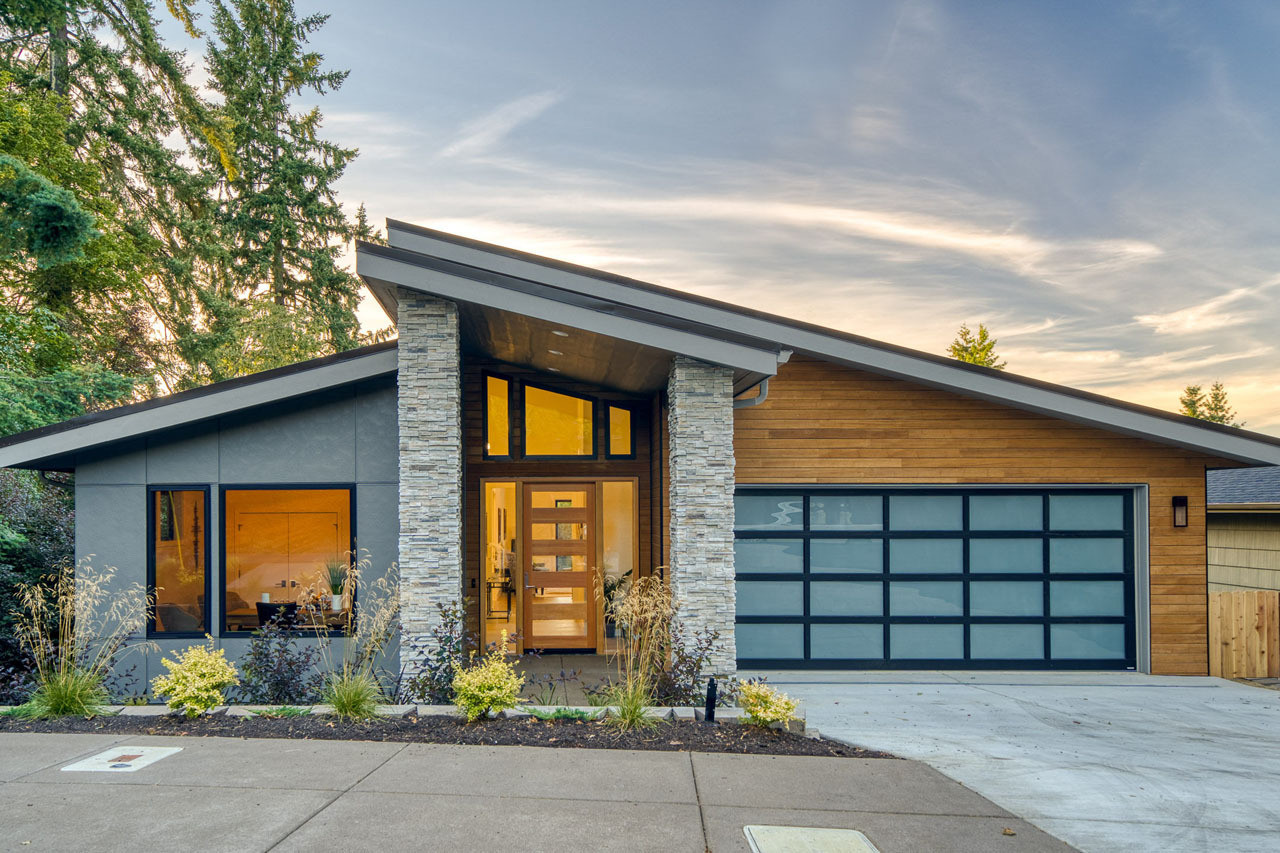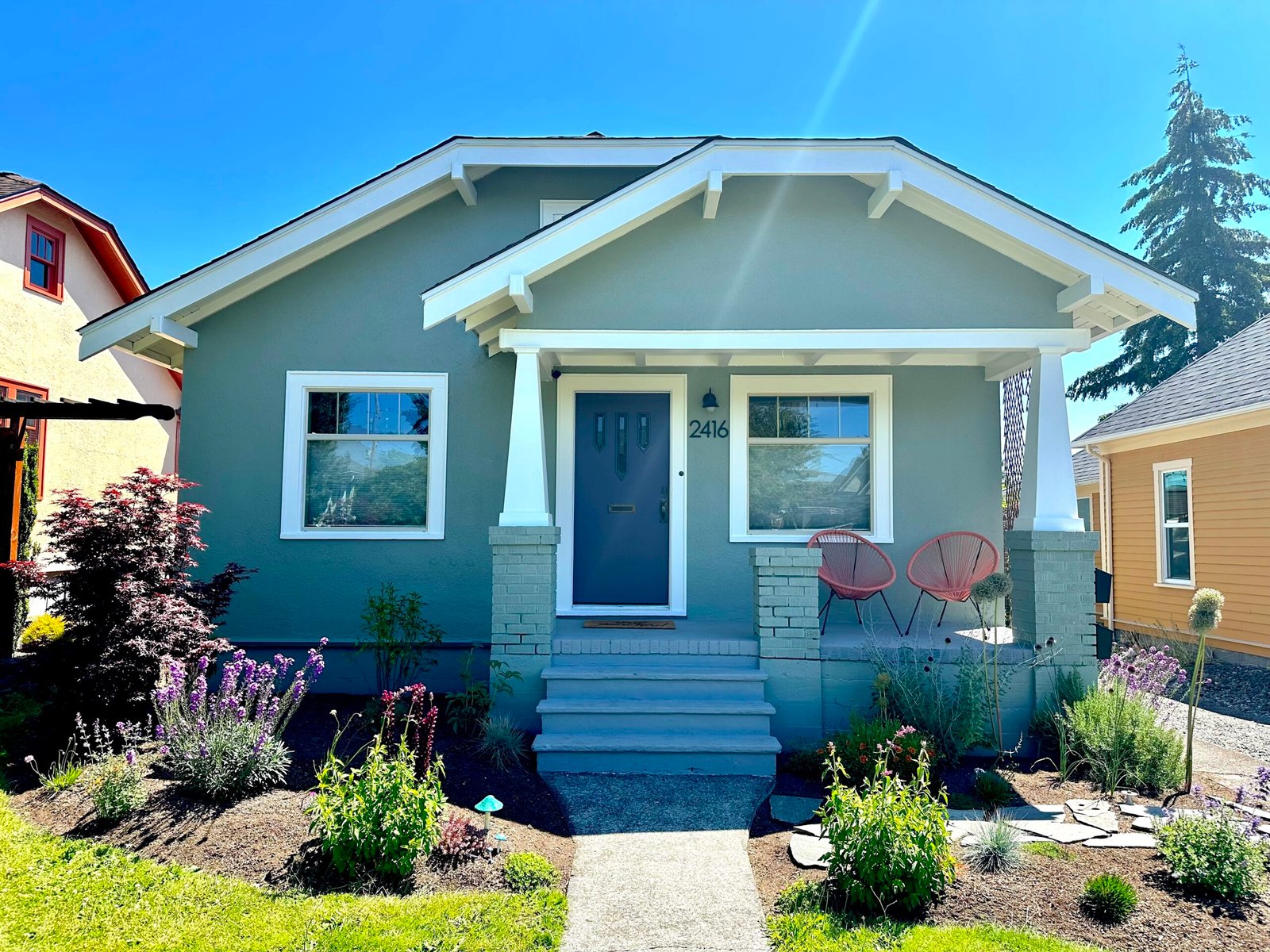Unveiling the Palette: The Psychology of Color in Interior Design
In the realm of interior design, color is more than just a visual element; it’s a powerful tool that can influence our emotions, moods, and perceptions of space. The psychology of color plays a pivotal role in creating harmonious, inviting, and functional living spaces. Let’s delve into the fascinating world of color psychology and explore how different hues can transform the ambiance of our homes.
- The Impact of Warm Tones: Warm colors such as reds, yellows, and oranges are known to evoke feelings of energy, warmth, and comfort. These hues are perfect for spaces where socialization and lively activities take place. Incorporating warm tones in living rooms and dining areas can create a welcoming and vibrant atmosphere, fostering a sense of togetherness.
- Cool Tones for Tranquility: On the other end of the spectrum, cool colors like blues, greens, and purples are associated with calmness, serenity, and relaxation. Bedrooms, bathrooms, and home offices can benefit from the tranquil nature of cool tones, promoting a soothing and peaceful environment that aids in rest and concentration.
- The Neutral Ground: Neutral colors such as whites, grays, and beiges serve as a versatile canvas in interior design. They provide a timeless and elegant backdrop that allows other elements in the room to shine. Neutrals are also known for their ability to create a sense of spaciousness, making them ideal for smaller rooms or areas with limited natural light.
- Accentuating with Bold Hues: Bold and vibrant colors, when used sparingly, can inject personality and flair into a space. Whether it’s an accent wall, a statement piece of furniture, or colorful accessories, these pops of color draw attention and add visual interest. However, it’s crucial to strike a balance to prevent overwhelming the senses.
- Cultural Influences on Color Perception: The psychology of color is not universal; it is also influenced by cultural factors. Different cultures attribute various meanings to colors, and these associations can impact how individuals perceive and respond to different hues. Interior designers must consider these cultural nuances when creating spaces that cater to a diverse clientele.
- Personalized Color Choices: Beyond cultural influences, personal preferences and experiences play a significant role in color choices. Some may find solace in earthy tones reminiscent of nature, while others may gravitate towards bold and modern color schemes. Tailoring the color palette to match the homeowner’s personality and preferences ensures a more meaningful and personalized design.
The psychology of color in interior design goes beyond mere aesthetics; it’s a dynamic interplay of emotions, culture, and personal experiences. By understanding the psychological impact of different colors, designers can create spaces that not only look visually appealing but also resonate with the emotions and lifestyle of the occupants. So, the next time you embark on a home decorating journey, consider the power of color to transform your living spaces into havens of comfort and style.



